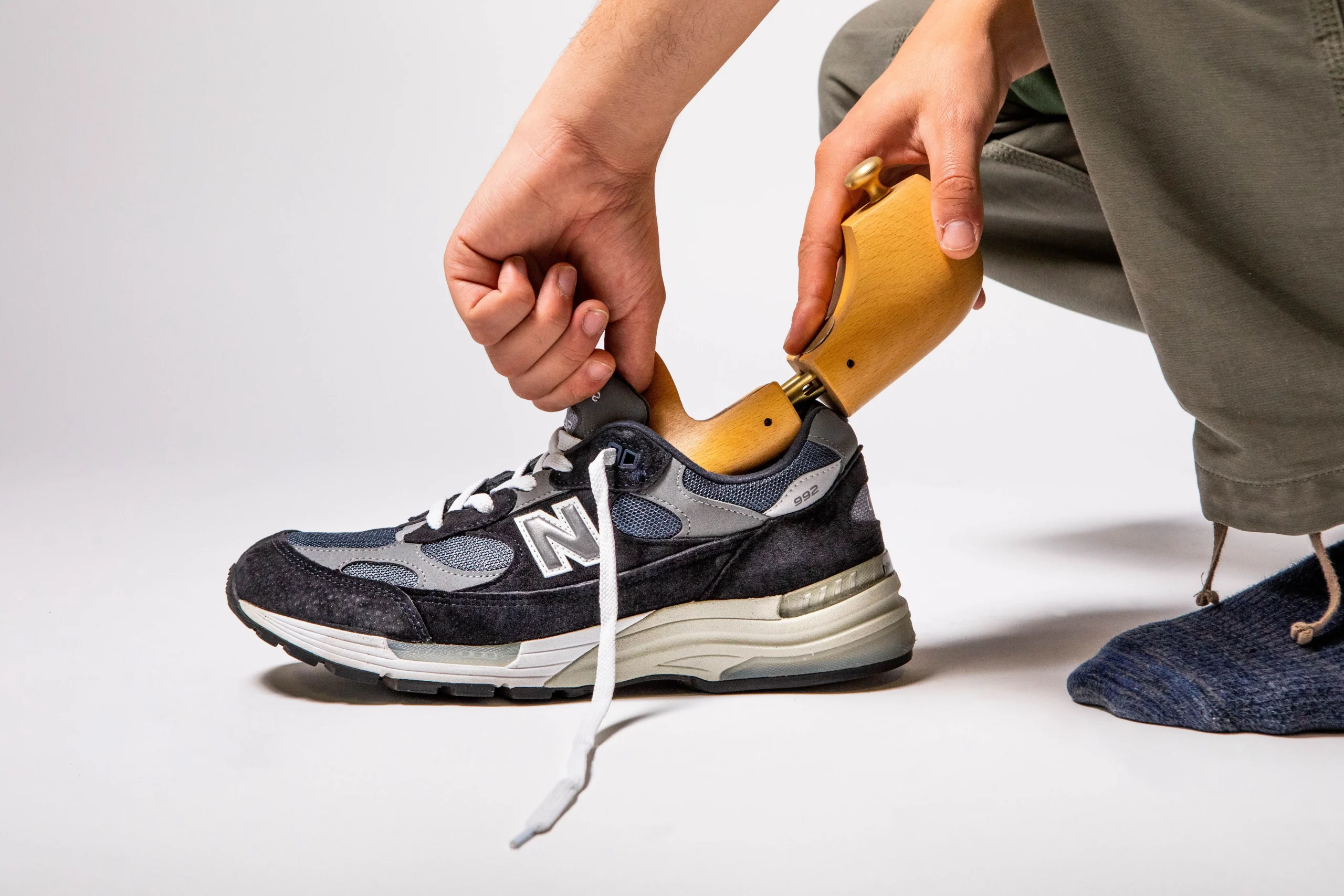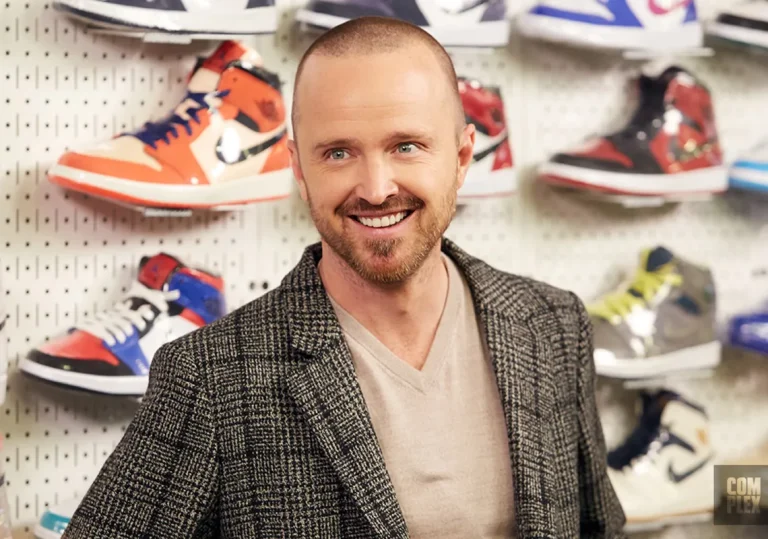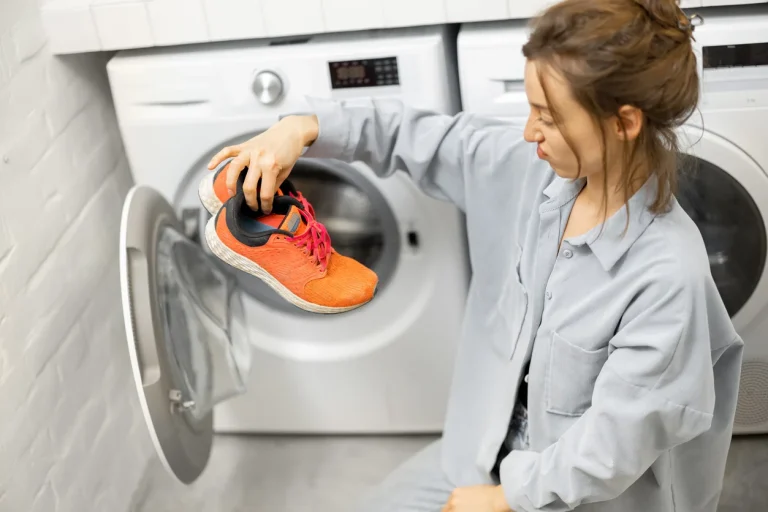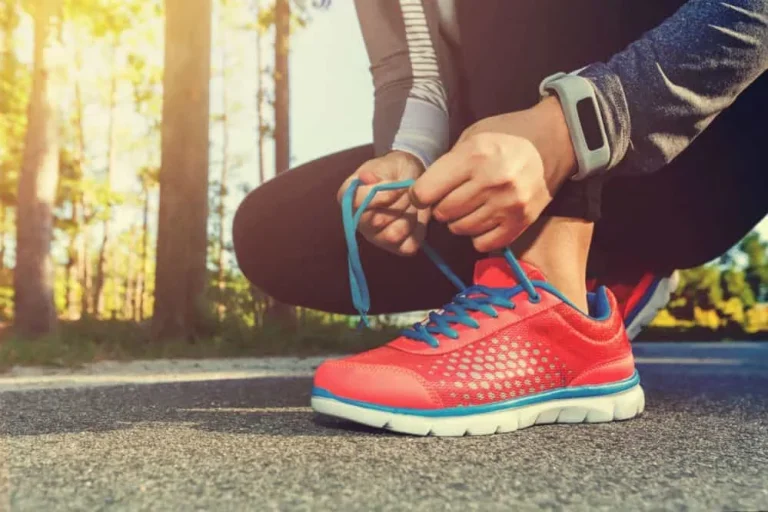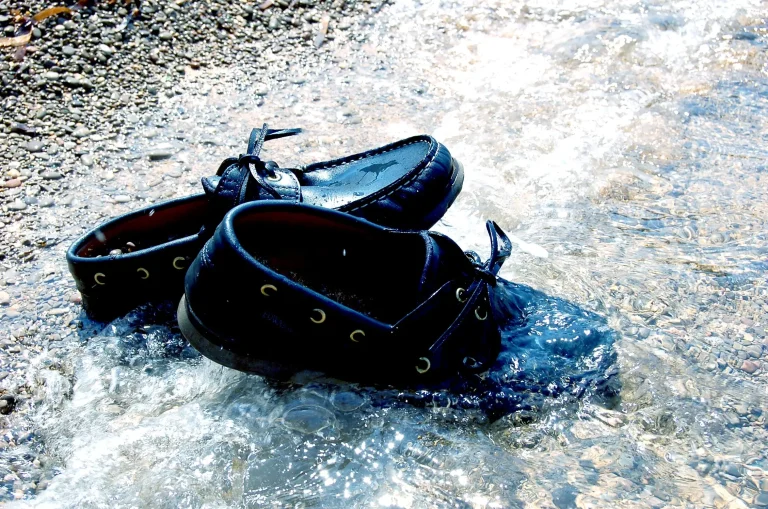How To Stop Shoes From Gapping On The Sides?
Introduction to this topic:
When it comes to finding the perfect pair of shoes, a common issue many people face is the dreaded gapping on the sides. This frustrating problem occurs when there is a noticeable space between the shoe and your foot along the sides, leading to discomfort, instability, and even blisters. In the shoe shop, you must wear socks that will prevent heel slipping. In this article, I give you tips on how to stop shoes from gapping on the sides. Not only does it compromise the fit and functionality of the shoes, but it also affects their overall aesthetics. However, the good news is that there are effective solutions to prevent shoes from gapping and ensure a snug and comfortable fit.
Importance of properly fitting shoes:
Properly fitting shoes are essential for both foot health and overall comfort. Ill-fitting shoes not only cause discomfort and pain but can also lead to various foot problems such as blisters, calluses, and even long-term issues like bunions or foot deformities. Wearing socks with dress shoes is very comfortable. By addressing the problem of loose shoes gapping on the sides, you can improve the fit, support, and stability of your footwear, providing your feet with the care they deserve. In this article, we will explore practical steps and tips to help you stop narrow shoes from gaping on the sides and enjoy a more enjoyable and pain-free walking experience.
Related To: 5 Best Running Shoes For Men: The Best Running Shoes For All Levels
Related To: 6 Best Running Shoes For Women Of 2023: Cushioned, Responsive & Supportive
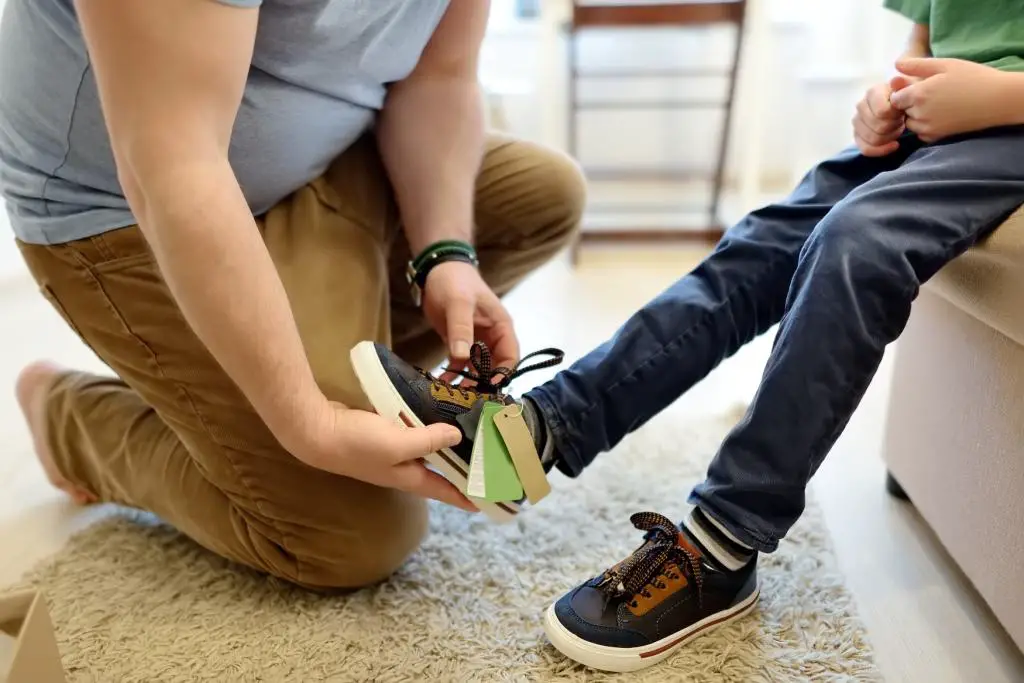
Understanding the Causes of Shoe Gapping:
Incorrect shoe size
One of the primary reasons for shoes gapping on the sides is wearing the wrong shoe size. Ill-fitting shoes, whether they are too big or too small, can lead to gaps and discomfort. It is crucial to determine your accurate shoe size by measuring your feet properly. This will ensure a better fit and minimize the chances of gapping.
Foot shape and arch type
The unique shape of your feet and your arch type can also contribute to shoe gapping. People with wider feet or a higher arch may experience more gaps along the sides of their shoes. Understanding your foot shape and arch type can help you choose footwear that accommodates these characteristics and minimizes gapping.
Shoe material and construction
The material and construction of the shoes can influence their fit and propensity for gapping. Stiff or non-flexible materials may not conform well to the shape of your foot, leading to gaps. Additionally, shoes with poor construction, such as weak side support or improper stitching, can result in unwanted spaces along the sides.
Wear and tear
As shoes age and undergo regular wear, they can lose their original shape and structure. This can cause gaps to form on the sides, especially if the shoes have been stretched or worn down unevenly. Regularly inspecting and maintaining your shoes can help prevent gapping caused by wear and tear.
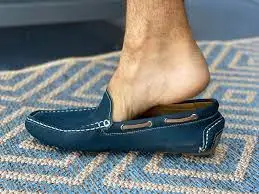
By understanding the underlying causes of shoe gapping, you can take appropriate steps to address the issue and ensure a better fit. In the following sections, we will explore practical solutions to help you prevent shoes from gapping on the sides and enjoy a more comfortable wearing experience.
Steps to Prevent Shoe Gapping:
Get the Right Shoe Size
Accurate Foot Measurement: Start by measuring your feet accurately. Use a measuring tape or visit a shoe store for a professional measurement. Knowing your precise foot length and width will help you select the right shoe size.
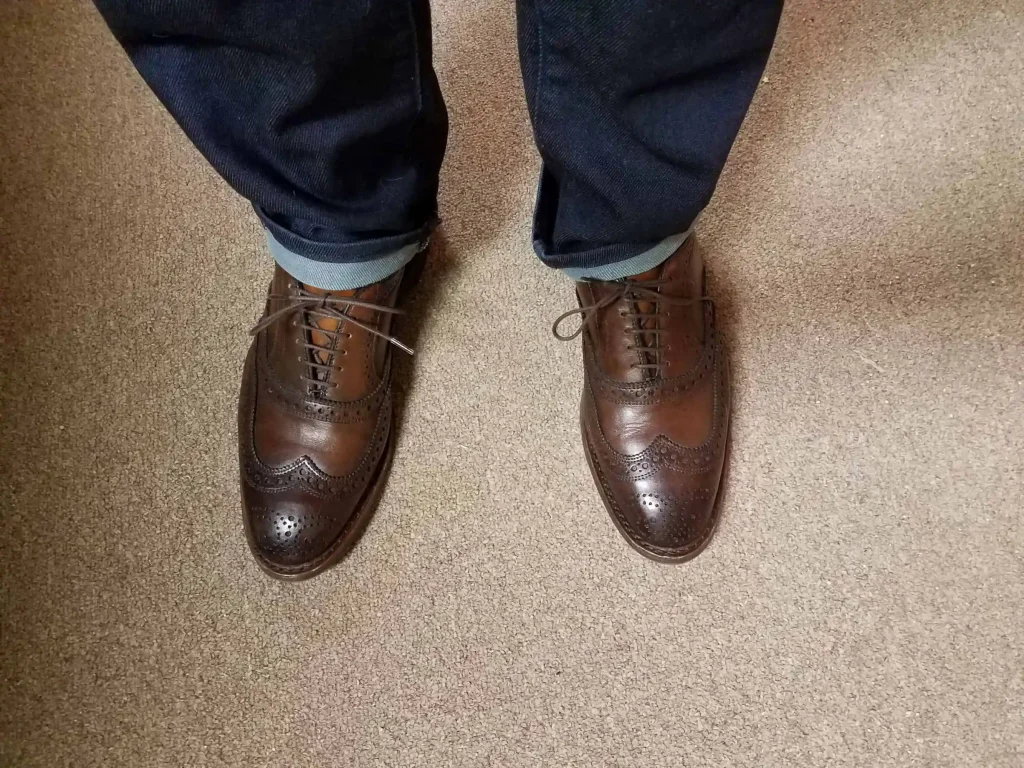
Consult a Professional Shoe Fitter
Consider visiting a professional shoe fitter who can provide expert advice on finding the perfect fit for your feet. They can recommend suitable shoe brands and styles that minimize gapping.
Explore Different Brands and Styles
Shoe sizes can vary across different brands and styles. Experiment with various brands and styles to find the ones that fit your feet best and minimize gapping.
Related To: Best Tennis Shoes For Ankle Support: Men & Women
Related To: Top 10 Best 4e Tennis Shoes In 2023
Consider Foot Shape and Arch Type:
Determine Your Foot Shape and Arch Type: Identify whether you have wide feet, narrow feet, or any specific foot shape characteristics. Also, determine your arch type (low, medium, or high) to understand your foot’s specific needs.
Choose Shoes That Accommodate Your Foot Characteristics
Look for shoes specifically designed for your foot shape and arch type. Brands that offer wide or narrow options can help achieve a better fit, reducing the likelihood of gapping.
Use Shoe Inserts or Insoles
Consider using shoe inserts or insoles to provide additional support and fill any empty spaces inside the shoes. These inserts can help customize the fit, especially if you have high arches or specific foot conditions.
Best Women’s Pickleball Shoes For Wide Feet
Best Pickleball Shoes For Plantar Fasciitis
Evaluate Shoe Material and Construction
Opt for Adjustable Closures
Choose shoes with adjustable closures such as laces, straps, or buckles. These closures allow you to tighten the shoes and achieve a more secure fit, minimizing gapping.
Look for Stretchable Materials or Panels
Shoes made from stretchable materials or featuring stretchable panels can conform better to your foot shape and reduce gapping. Look for shoes that offer flexibility and adaptability.
Consider Narrower Heel Cups or Reinforced Sides
Shoes with narrow heels cup or reinforced sides provide better support and stability. These features help prevent excess movement and reduce gapping along the sides.
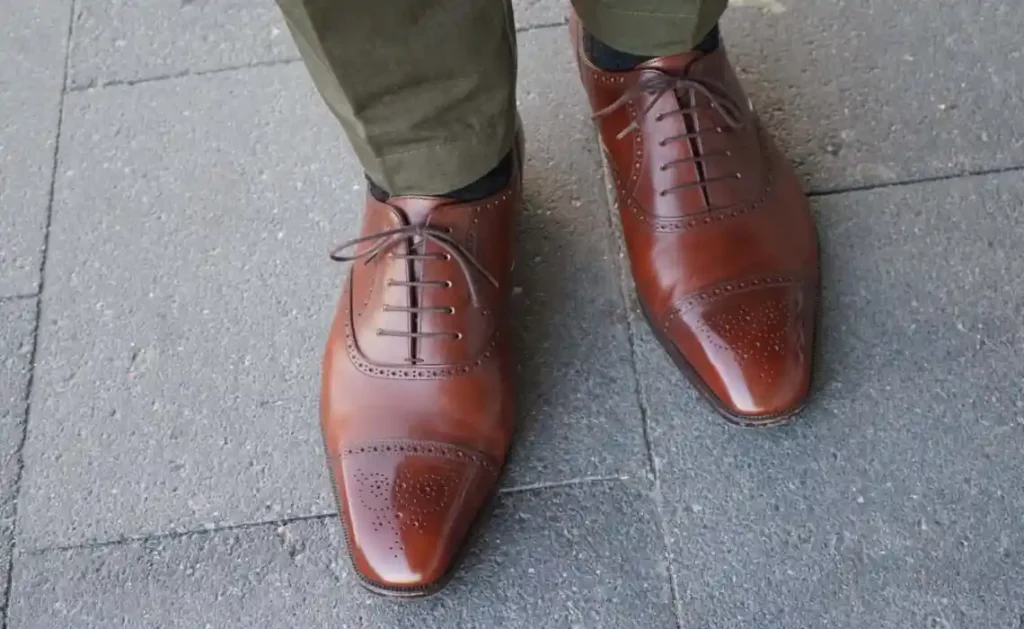
Maintain and Care for Your Shoes
Regularly Clean and Condition Leather Shoes
For leather shoes, clean and condition them regularly to maintain their shape and prevent stretching. Proper care helps prolong the life of the shoes and minimizes gapping caused by material deterioration.
Avoid Excessive Exposure to Water or Moisture
Excessive exposure to water or moisture can lead to the weakening of shoe materials and loss of shape. Protect your shoes from rain, puddles, or excessive sweating to prevent gapping.
Replace Worn-out or Damaged Shoe Components
Inspect your shoes periodically and replace any worn-out or damaged components, such as insoles, heel slip counters, or outsoles. This ensures proper support and structural integrity, reducing the chances of gapping.
By following these steps, you can take proactive measures to prevent shoes from gapping on the sides. Proper shoe sizing, consideration of foot characteristics, evaluation of material and construction, and regular maintenance will help you achieve a better fit and a more comfortable wearing experience
Additional Tips and Tricks:
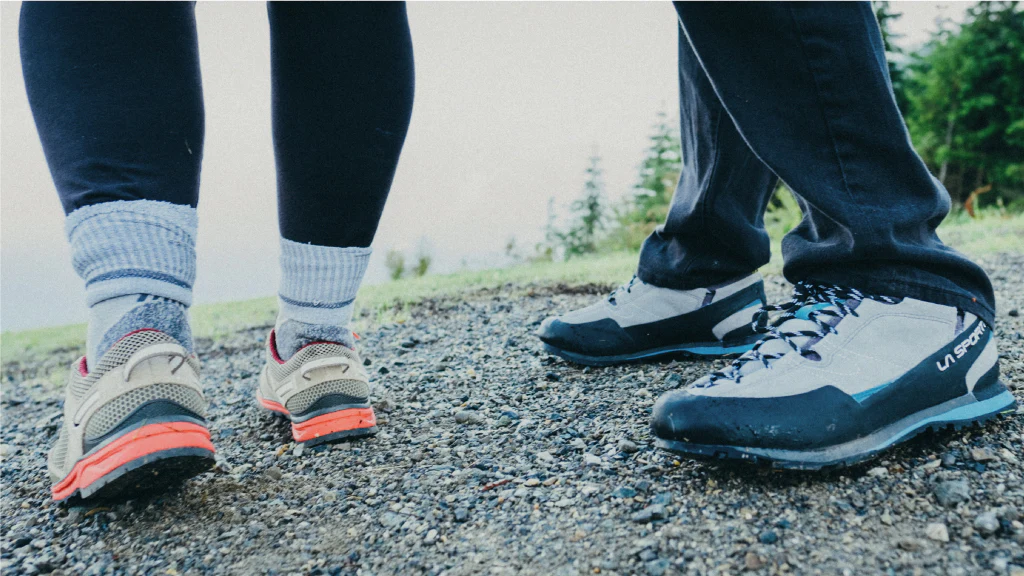
Heel Grips
Consider using heel grips, which are adhesive pads placed inside the back of the shoe. They help prevent heel slippage and create a better fit, reducing gapping on the sides.
Heel Pads
Heel pads provide extra cushioning and support for the shoe’s slipping area. They can help fill any empty spaces and improve the overall fit of the shoes, minimizing gapping.
Related To: How Tight Should Tennis Shoes Be?
Try Different Lacing Techniques:

Parallel Lacing
Use parallel lacing, where the laces run straight across the shoe’s eyelets, creating a tighter fit along the sides. This method can help reduce gapping and improve overall shoe security.
Skip-Lace Technique
Another technique to consider is the skip-lace technique. This involves skipping an eyelet or two in the middle of the lacing pattern. It allows for more customization in tightening specific areas, reducing gapping.
Toe Fillers
Toe fillers are inserts placed at the front of the shoe to occupy any empty space in the toe box. They help prevent the foot from sliding forward, ensuring a snug fit and minimizing gapping on the sides.
Full-foot Inserts
Full-foot inserts, such as foam or gel inserts, can help provide extra cushioning and support to the entire foot. They fill any gaps, improve the fit, and enhance overall comfort.
By incorporating these additional tips and tricks into your shoe-wearing routine, you can further enhance the fit and minimize gapping. Experiment with different methods and find the combination that works best for your sweaty feet and shoes.
how to fix heel gap?
There are a few ways to fix a heel gap in your shoes. Here are a few tips:
- Use a heel grip. A heel grip is a small, adhesive pad that you can stick to the inside of the back of your shoe. It will help to keep your heel in place and prevent it from slipping out.
- Stuff the heel of your shoe with tissue paper or cotton balls. This will help fill in the gap and make the shoe fit more snugly.
- Use a tongue pad. A tongue pad is a small pad that you can place under the tongue of your shoe. It will help to push your foot up and forward, which can help reduce heel slippage.
- Get your shoes stretched. If your shoes are too narrow, they may be causing your heel to slip. You can get your shoes stretched at most shoe repair shops.
- Buy a new pair of shoes. If you have tried all of the above tips and your heel gap is still a problem, it may be time to buy a new pair of shoes. When choosing new shoes, be sure to try them on carefully to make sure that they fit snugly and have good ankle support.
some additional tips to Fix Heel Gap
- Wear the right size of shoes. Make sure that your shoes are not too big or too small. Shoes that are too big will slip off of your heels, and shoes that are too small will squeeze your feet and cause discomfort.
- Lace your shoes properly. Make sure that your shoes are laced snugly but not too tightly. You should be able to slide one finger between your tongue and the laces of your shoe.
- Wear socks that fit well. Socks that are too big or too small will not provide enough traction and can lead to heel slippage.
- Avoid wearing shoes with high heels. High heels can put extra pressure on your heels and cause them to slip out of your shoes.
If you have any concerns about heel slippage, be sure to talk to your doctor or a podiatrist. They can help you determine the best way to fix the problem and prevent future injuries.
Conclusion
Dealing with shoes gapping on the sides can be frustrating, but it’s not an insurmountable problem. By understanding the causes and taking proactive steps to prevent gapping, you can achieve a better fit and enjoy comfortable footwear.
Frequently Asked Questions
Best Volleyball Shoes For Wide Feet : Men & Women, Your Perfect Fit Awaits

